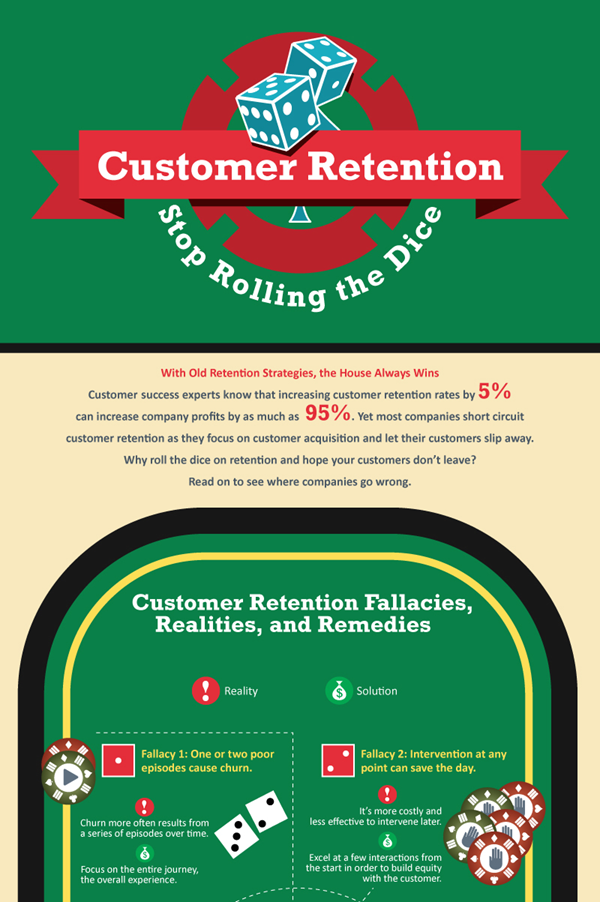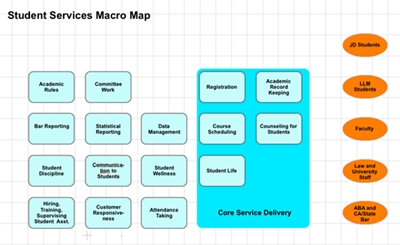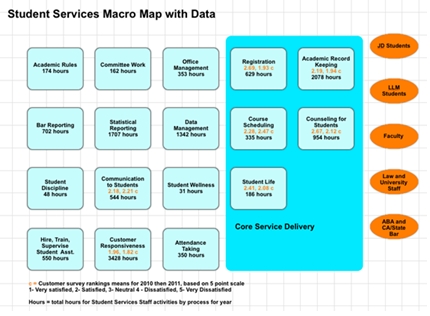The Advisor’s Corner – How do I deal with those who support me in public and sabotage me in private?

What can I do about people who tell me they support my vision but I’ve heard through the grapevine that they are sabotaging me?
StrategyDriven Response: (by Roxi Hewertson, StrategyDriven Principal Contributor)
These people are most likely, what I call ‘Termites.’ The term fits them well because they manage to smile and slide their way into the accepted norms and culture, and then wreck havoc just underneath the surface. Highly skilled Termites can be hard to spot until they’ve done so much damage the ‘walls’ begin to shake or fall down. The damage is often not discovered right after a Termite has moved on to fresh territory. So… what can you do?
Prevention
The best way to prevent Termite damage is to have a very strong set of organizational values that include integrity or truth or a similar concept around honesty. When these are firmly in place AND people are measured objectively and regularly against those values, Termites find fewer and fewer places to hide.
Cultural and operational values function exactly like a strong foundation for your ‘house,’ and are made even stronger when there are supports in the walls. That means values with accountability. Checks and balances also need to be in place, so that no single person has unfettered power and influence within their workgroup. If they have too much power, Termites will use it to disguise their damage and isolate their people from others to create a protective cover for and big lies about their dirty deeds.
Detection
You should suspect Termite activity in your midst by noticing things that don’t quite add up for feel “fishy” to you. Watching, observe carefully how people behave, and walk around your workplace frequently. Termites can’t fool everyone all the time. Pick up on conversations, patterns, and become a deep listener, truly hearing ALL of what people are trying to tell you.
Eradication
Assume nothing. Once you’ve discovered a Termite in your midst, ask a lot of questions and require good answers. Get multiple sources to verify and provide you clean data about what you need to know. Another support for your ‘house’ is having a true ‘safety net’ within your organization where people can go to express their concerns without fear, and with anonymity. Look for repetition and for patterns of the Termite’s behavior. If you get anonymous pain mail under your door – I call them POW notes – don’t ignore them. They are usually ‘smoke signals’ sending you a message you need to hear.
Trust your instincts. Trust what you see and hear with all the subtle and not so subtle body language people are telegraphing to you. Finally, pay attention to ‘those who protest too much!’
There are Termites and then there are people who exaggerate, even might gossip a bit, or use hyperbole. The latter are not Termites. These people can usually be guided down a better path with good coaching.
You can’t ‘fix’ a Termite. Once a workplace liar, always a liar – it’s just the size of the lies and the target that will vary. You cannot coach a liar into honesty. Lying is okay for them; it’s part of their value system and their end does justify their means.
The only solution to a workplace Termite is to call in pest control and rid yourself of the pain and damage as soon as you can.
About the Author

The StrategyDriven website was created to provide members of our community with insights to the actions that help create the shared vision, focus, and commitment needed to improve organizational alignment and accountability for the achievement of superior results. We look forward to answering your strategic planning and tactical business execution questions. Please email your questions to [email protected].

 Business performance assessments represent a second tier aggregation of organizational data, benchmarking references, and industry experience. As such, assessment team members are challenged to combine the often disparate data they collect in a way that allows them to draw meaningful conclusions upon which the organization can act to improve performance.
Business performance assessments represent a second tier aggregation of organizational data, benchmarking references, and industry experience. As such, assessment team members are challenged to combine the often disparate data they collect in a way that allows them to draw meaningful conclusions upon which the organization can act to improve performance.
 Jeffrey Gitomer is the author of The Sales Bible, Customer Satisfaction is Worthless Customer Loyalty is Priceless, The Little Red Book of Selling, The Little Red Book of Sales Answers, The Little Black Book of Connections, The Little Gold Book of YES! Attitude, The Little Green Book of Getting Your Way, The Little Platinum Book of Cha-Ching, The Little Teal Book of Trust, The Little Book of Leadership, and Social BOOM! His website,
Jeffrey Gitomer is the author of The Sales Bible, Customer Satisfaction is Worthless Customer Loyalty is Priceless, The Little Red Book of Selling, The Little Red Book of Sales Answers, The Little Black Book of Connections, The Little Gold Book of YES! Attitude, The Little Green Book of Getting Your Way, The Little Platinum Book of Cha-Ching, The Little Teal Book of Trust, The Little Book of Leadership, and Social BOOM! His website, 
 When organizations first start doing process improvement they use a myriad of ways to decide which processes to improve first, such as:
When organizations first start doing process improvement they use a myriad of ways to decide which processes to improve first, such as:

 Shelley Sweet, the Founder and President of
Shelley Sweet, the Founder and President of